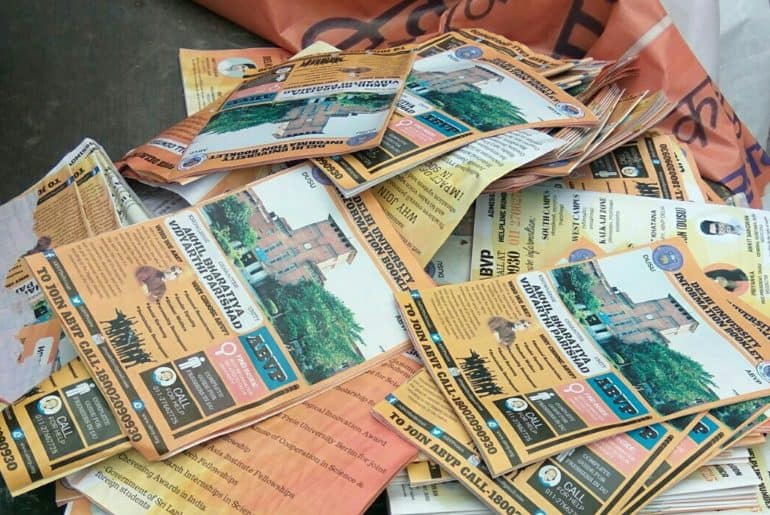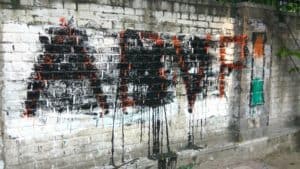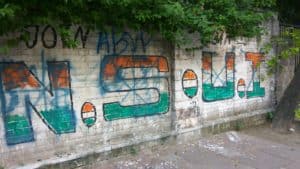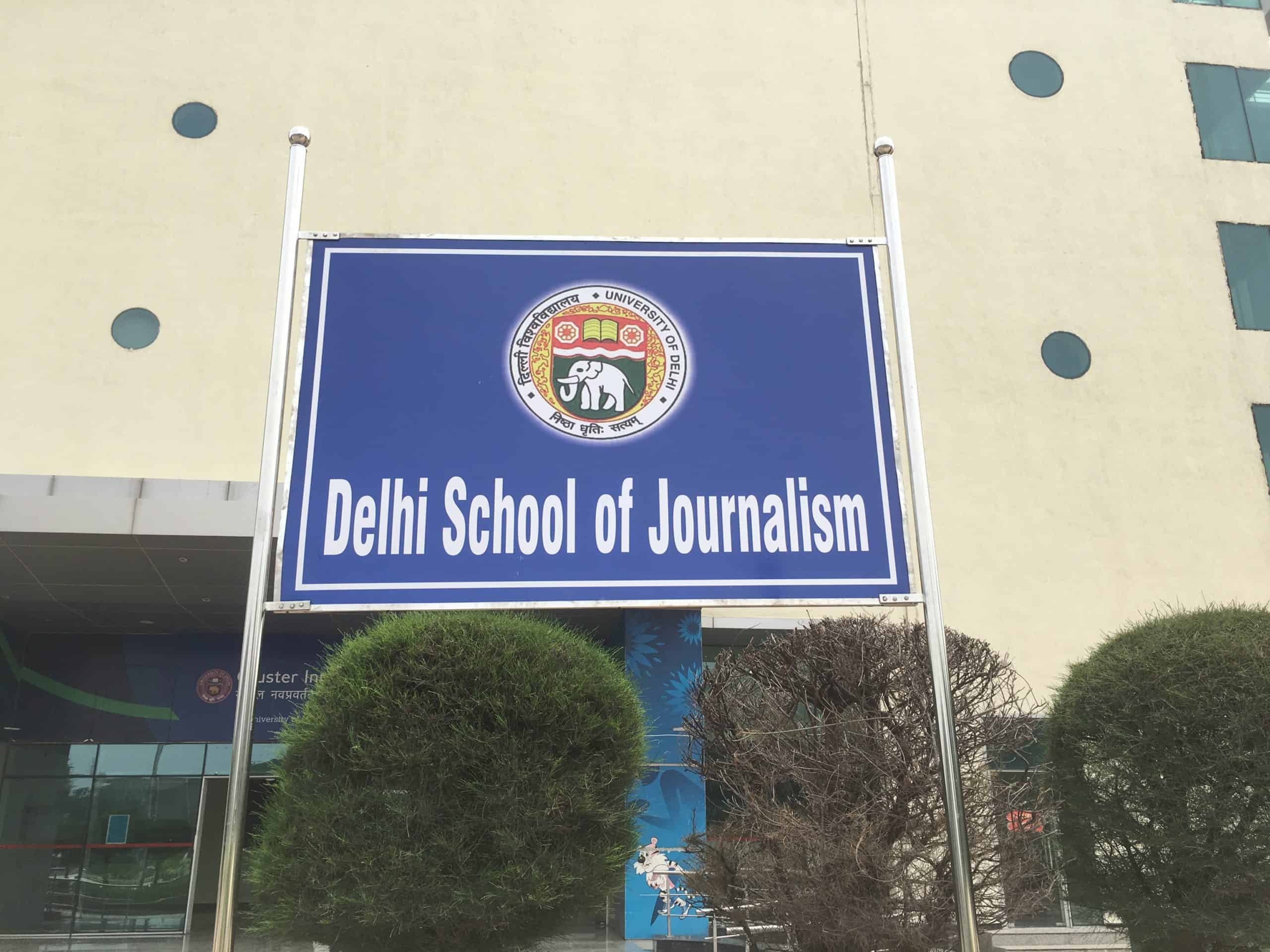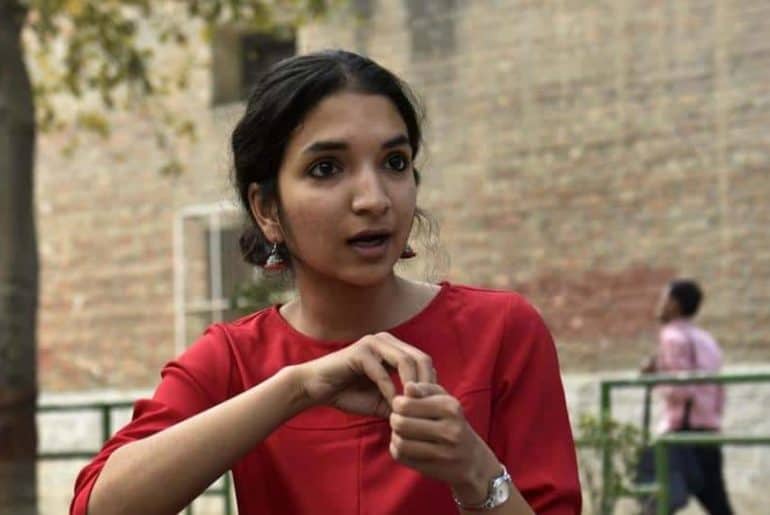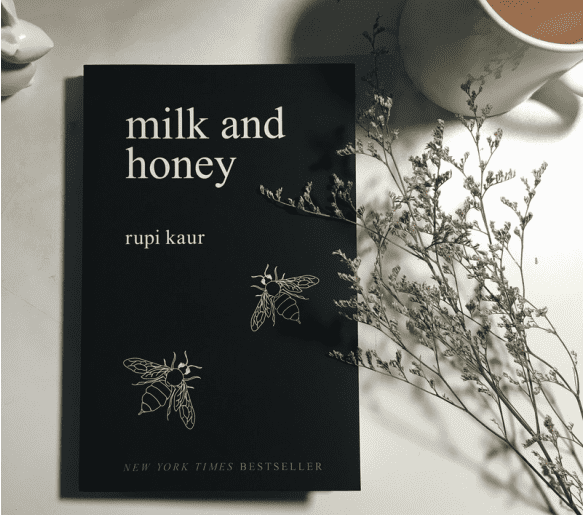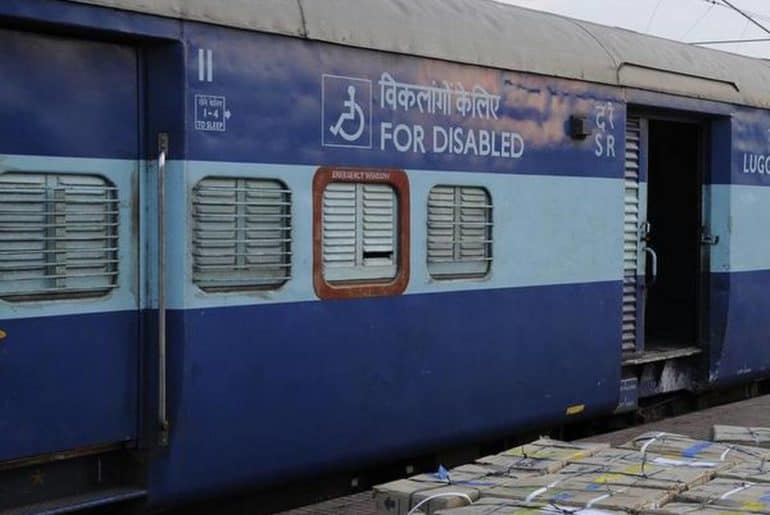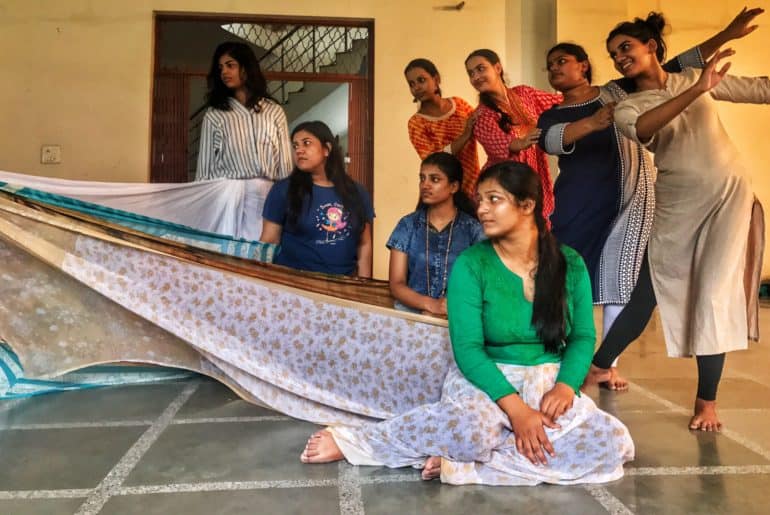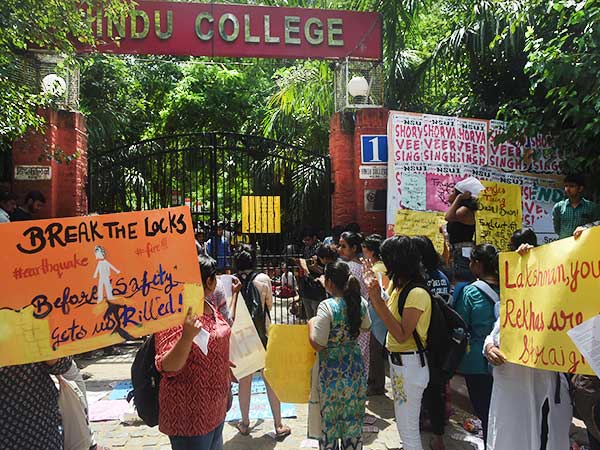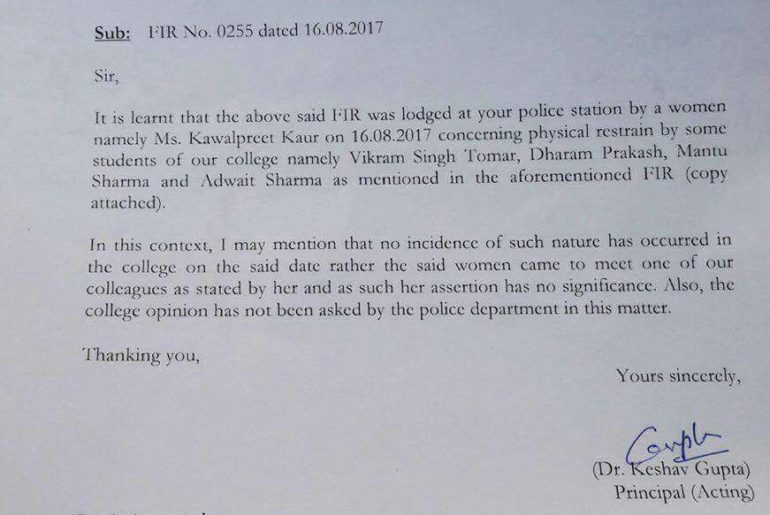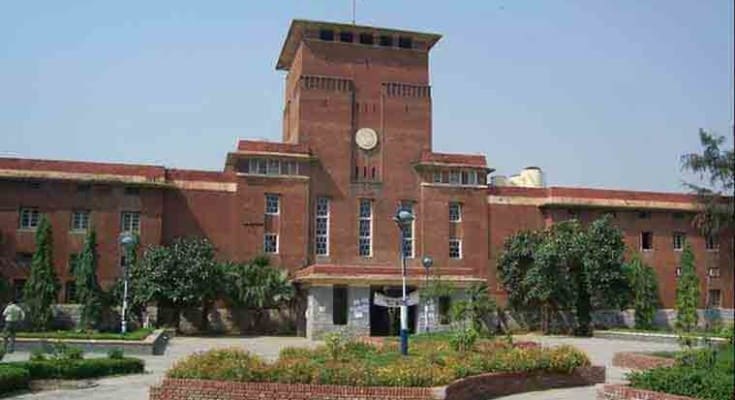The Delhi University Students’ Union elections are just around the corner and the election fever is in full swing. In this context, we analyse the finer nuances of what sways the DUSU election results.
- The name game
While campaigning, candidates often change how their name is spelt. Posters and hoardings will often bear the names of candidates with one or more letters misspelt. This leads to the following benefit – if there are any pending cases or FIRs against them, it would be harder for the average Joe to look it up. The second benefit allows them to manipulate the ballot number they received by adding “A” at the beginning of their name as a prefix. For example, the 2015 DUSU President Mohit Nagar filed his nomination as “AAA Mohit Nagar” which resulted in him getting ballot number 1. The ballot list is made in alphabetical order which means that the candidates with the maximum number of As at the beginning of their name would get 1 as their ballot number. Since a lot of people in DUSU elections vote just for the sake of it, the probability of them voting for the first candidate on the list is considerably higher. To combat this, in 2015 the Delhi High Court described this practise as “flawed” and finally put an end to it.
- Money matters
Freebies ranging from movie tickets, chocolates, t-shirts, pens, notebooks, water park tickets, and what not are distributed during the election season. But it does not stop there. Major student political parties also go to large PGs to promote and campaign for their candidates. An anonymous resident of Aparna Girls Hostel, a private PG that houses around 300 girls, says, “Last year both the ABVP and NSUI came to our PG to campaign. They spent around 20-30 minutes there and also sponsored special food for the day”. These freebies are aggressively thrown around as the election day comes closer in order to sway the maximum number of voters until the very end.
- Graffiti
Without any regard to either public and private property or to aesthetics, candidates spray paint their names over walls, buildings, pavements, hoardings, and any flat surface which catches the eye. The idea is to familiarise the maximum number of people with a certain name before election day. If the rival party has already put up their logo on a particular wall, instances have shown that political candidates are not above throwing black paint all over it. Every year, in the name of elections, these walls are besmirched with black spray paint and posters.
- Personal touch
Any politician worth the salt knows how important personal touch is. Vox populi vox dei is an ancient Latin phrase which means that the voice of people is the voice of God. Candidates in DUSU elections are more than aware of this philosophy. Once people want a particular candidate to win because they think he/she deserves it, there is little that can stop them. As soon as the logistics are dealt with, door-to-door campaigning begins. Personally helping people, reaching out to them, acquiring goodwill, and building up a network of loyal friends are keys to unlocking the puzzle that is DUSU elections. On the day of the elections it is this goodwill acquired across months of rigorous campaigning and a band of loyal supporters and friends that ensures victory.
- Party lines
Contrary to what most of us would like to believe, student politics does sync with national politics. DUSU elections are a playground for major national political parties. Most DUSU presidents acquire a certain degree of political relevance and end up with successful careers working with their parent organisations or parties. Delhi University is also a recruitment pool for these parties. A considerable number of today’s political leaders started their careers in Delhi University itself.
As far as the DUSU election results are concerned, the stakes are extremely high. It is a matter of immense pride to win the student elections in one of the largest universities in the country. The pivotal driving force in these elections – perhaps the sole factor that makes it so very grand – is the involvement of national parties. When Delhi University becomes the battle ground for the biggest political parties in the country, one can expect a magnificent showdown.
Image Credits: Kinjal Pandey for DU Beat
Kinjal Pandey
[email protected]

